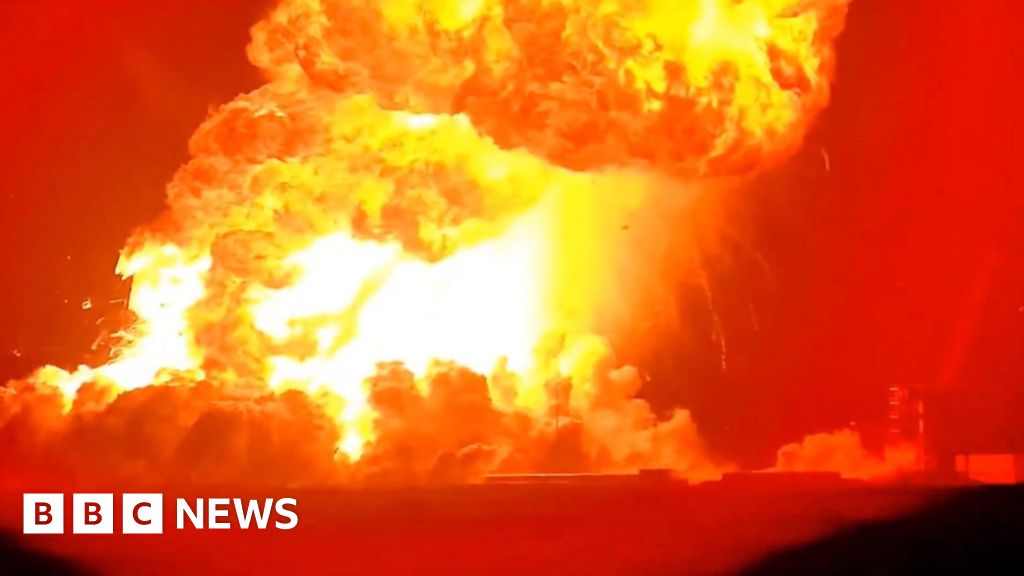For the first time, a research team has successfully produced one of the most neutron-rich isotopes, hydrogen-6, in an electron scattering experiment.
The experiment at the spectrometer facility at the Mainz Microtron (MAMI) particle accelerator was a joint effort among the A1 Collaboration at the Institute of Nuclear Physics at Johannes Gutenberg University Mainz (JGU) and scientists from China and Japan. The team presents a new method for investigating light, neutron-rich nuclei and challenges our current understanding of multi-nucleon interactions.
“This measurement could only be carried out thanks to the unique combination of the excellent quality of the MAMI electron beam and the three high-resolution spectrometers of the A1 Collaboration,” emphasized Professor Josef Pochodzalla from the JGU Institute of Nuclear Physics. Researchers from Fudan University in Shanghai in China as well as from Tohoku University Sendai and the University of Tokyo in Japan were involved in the experiment.
The experimental work was led by doctoral student Tianhao Shao and has been published in Physical Review Letters.
Limits of nuclear structure in extremely neutron-rich systems
One of the most fundamental questions in nuclear physics is how many neutrons can be bound in an atomic nucleus with a given number of protons. For the fundamental isotope hydrogen, which contains only a single proton, several very neutron-rich isotopes from ⁴H to ⁷H have been observed beyond the well-known deuteron and triton.
The extremely heavy hydrogen isotopes ⁶H—consisting of one proton and five neutrons—and ⁷H—with one more neutron—have the highest neutron-to-proton ratios known so far. They are unique systems to address this question. However, experimental data on these exotic nuclei are scarce, and the results remain controversial. In particular, there is a long-standing debate about whether the ground-state energy of ⁶H is low or high.
New method for generating hydrogen-6 in the A1 Collaboration experiment
Together with the Chinese and Japanese scientists involved, the A1 Collaboration developed a new approach for producing ⁶H. In this method, an electron beam with an energy of 855 megaelectronvolts (MeV) impinges on a ⁷Li target, producing ⁶H via a two-step process: First, a proton in the lithium nucleus is resonantly excited by the interaction with the electron and promptly decays into a neutron and a positively charged pion.
If this neutron subsequently transfers its energy to another proton within the nucleus, it can form the neutron-rich hydrogen isotope ⁶H together with the residual nucleus, while the pion and the proton leave the nucleus and can be detected simultaneously together with the scattered electron using three magnetic spectrometers.
To achieve a sufficient production rate for this rare process, a 45-millimeter-long and 0.75-millimeter-thick lithium plate was traversed by the electron beam along the 45-millimeter-long side. This is highly unusual, as electron scattering experiments typically use very thin targets along the beam axis, with the beam striking a broad surface perpendicular to its direction of propagation.
This special setup was made possible by the excellent beam quality of MAMI, particularly by the extremely focused and stable electron beam. An additional challenge was handling the lithium itself, as the material is highly chemically reactive, mechanically fragile, and sensitive to temperature.
During a four-week measurement campaign, approximately one event per day was observed, as it had been estimated. It was one of the rare experiments at MAMI in which all three high-resolution spectrometers in the A1 experimental hall were operated simultaneously in coincidence mode so that three particles could be detected at the same time. This complex setup enabled a level of precision that had not been achieved before, while maintaining an extremely low background.
The new measurement provided a clear signal of ⁶H with a very low ground-state energy, indicating a stronger interaction between the neutrons in ⁶H than expected from recent theoretical calculations. This result thus challenges our understanding of multinucleon interactions in very neutron-rich systems.
More information:
Tianhao Shao et al, Measurement of ⁶H Ground State Energy in an Electron Scattering Experiment at MAMI-A1, Physical Review Letters (2025). DOI: 10.1103/PhysRevLett.134.162501. On arXiv: DOI: 10.48550/arxiv.2501.01232
Citation:
Electron scattering experiment results in new method to produce an extremely heavy hydrogen isotope (2025, April 30)
retrieved 1 May 2025
from
This document is subject to copyright. Apart from any fair dealing for the purpose of private study or research, no
part may be reproduced without the written permission. The content is provided for information purposes only.
















